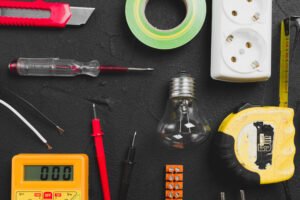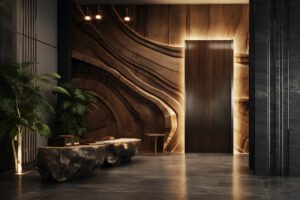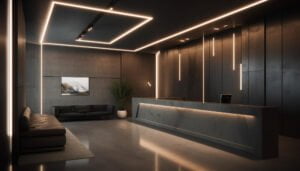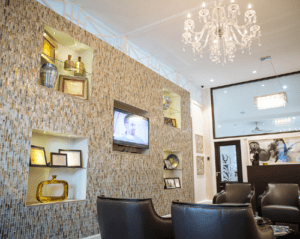
Installing LED lighting can be an effortless process with the appropriate tools and materials. We will outline here all of these tools that are required for successful installations whether upgrading existing fixtures or adding brand new ones.
Tools needed:
- Screwdriver set: for disassembling existing fixtures and installing LED bulbs/fixtures, wire strippers to strip insulation off wires for proper connections, wire nut for securely joining wires together and voltage tester for checking power is off before beginning work.
Tools necessary for mounting fixtures or running wires: A drill with bits is used for drilling holes to mount fixtures or run cables through them; ladder or step stool: Used to access out of reach fixtures, while pliers serve for bending and securing wires, while fish tape or wire snake is useful for pulling wires through walls and ceilings.
Make Sure the Fixtures Are Pluvial Installed: For successful fixture installations that are straight and level.
Materials:
- LED Bulbs or Fixtures: Select an ideal size, shape and color temperature for your space when selecting LED bulbs or fixtures. Once mounted in place using mounting hardware such as screws, brackets or clips. Likewise electrical tape helps insulate wire connections while cable staples or clips secure wires along walls or ceilings.
Wire connectors: Watertight connectors designed specifically for outdoor installations. - Junction box: To safely house wire connections.
- Wire: For your LED lighting project.
- Mounting brackets or tracks: Used when installing LED strip lights or under cabinet lighting systems.
Safety Equipment:
- Safety glasses: Used to shield eyes from dust and debris.
- Work gloves: For protecting hands when handling fixtures and tools.
- Non-contact voltage tester: Allows users to ensure wires are not live before handling.






